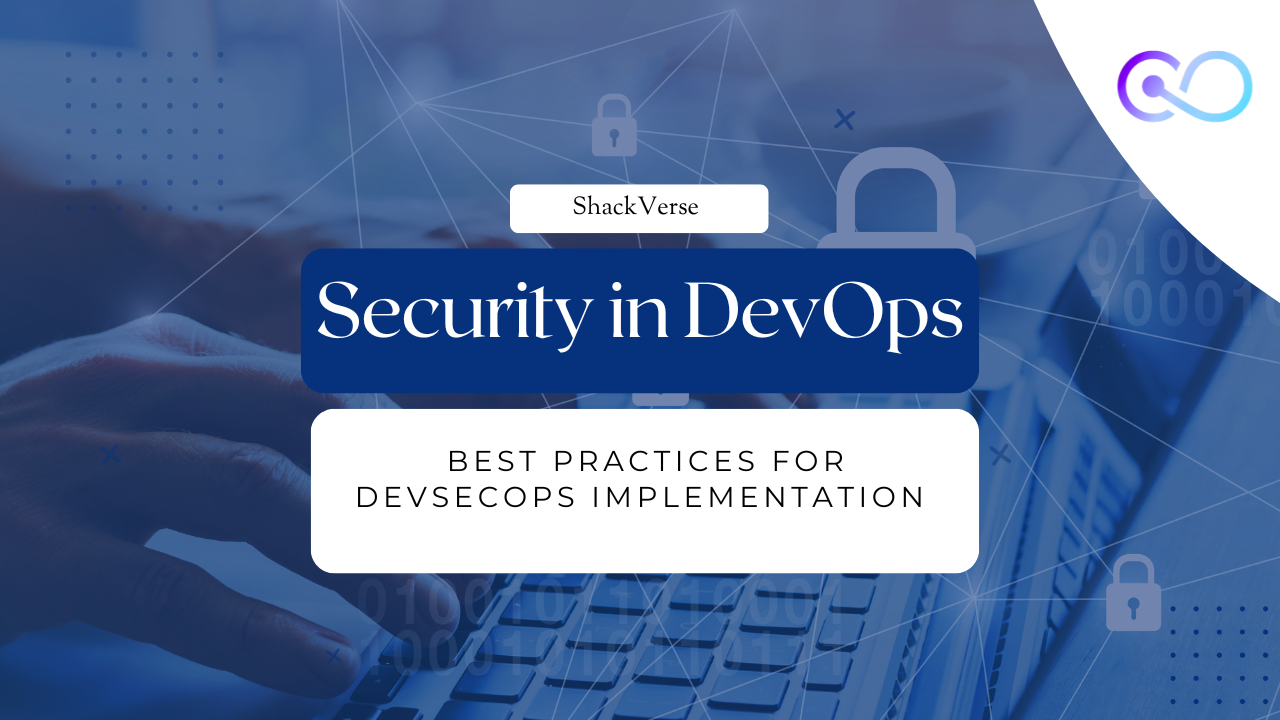In today’s fast-paced development environments, integrating security into DevOps processes has become essential. DevSecOps, the fusion of development, security, and operations, ensures that applications are both high-performing and secure. This blog explores best practices for implementing DevSecOps effectively.
What is DevSecOps?
DevSecOps is a philosophy and practice that embeds security into every phase of the DevOps lifecycle. It shifts security left, meaning issues are addressed early in the development process, reducing risks and costs.
Why DevSecOps Matters
- Proactive Security: Identifying vulnerabilities early prevents costly fixes later.
- Compliance: Meets regulatory requirements for data protection and security.
- Improved Collaboration: Aligns developers, security teams, and operations.
- Reduced Risk: Continuous monitoring minimizes exposure to threats.
- Customer Trust: Secure applications enhance user confidence.
Key Components of DevSecOps
- Security Automation: Use tools to automate security testing and monitoring.
- Threat Modeling: Identify potential vulnerabilities during the design phase.
- Continuous Testing: Integrate security tests into CI/CD pipelines.
- Infrastructure as Code (IaC): Securely manage infrastructure with tools like Terraform.
- Monitoring and Logging: Track application and infrastructure activity for anomalies.
Best Practices for DevSecOps Implementation
- Embed Security in the Pipeline: Integrate security tools like Snyk, Checkmarx, or SonarQube into CI/CD workflows.
- Educate Teams: Train developers and operations staff in secure coding practices.
- Adopt Shift-Left Security: Start security testing early in the SDLC.
- Use Open-Source Security Tools: Tools like OWASP ZAP and Clair provide cost-effective solutions.
- Secure Containers: Scan Docker images for vulnerabilities using tools like Trivy.
Top Tools for DevSecOps
- Snyk: Detect and fix vulnerabilities in open-source dependencies.
- Aqua Security: Secures containerized applications and cloud environments.
- HashiCorp Vault: Manages secrets and protects sensitive data.
- SonarQube: Analyzes code quality and security vulnerabilities.
- Prometheus and Grafana: Monitor application and infrastructure health.
Integrating Security into DevOps Pipelines
- Code Analysis: Perform static and dynamic code analysis to catch vulnerabilities.
- Automated Testing: Add automated security tests to CI/CD pipelines.
- Secrets Management: Store sensitive information securely using tools like Vault.
- Compliance Checks: Automate checks for compliance standards such as GDPR or HIPAA.
- Incident Response: Prepare a plan for identifying and responding to security incidents.
Challenges in DevSecOps Implementation
- Cultural Shift: Aligning security with DevOps practices requires mindset changes.
- Tool Overload: Choosing the right tools from a crowded market can be daunting.
- Skill Gaps: Training teams in both DevOps and security is essential.
- Budget Constraints: Implementing robust security can be resource-intensive.
Case Study: DevSecOps in Action
A leading e-commerce company integrated DevSecOps practices into their CI/CD pipeline. By automating vulnerability scans and implementing shift-left security, they reduced deployment time by 30% and mitigated critical vulnerabilities before production.
Conclusion
DevSecOps is no longer optional in modern software development. By embedding security into the DevOps lifecycle, teams can deliver high-quality, secure applications at speed. Implementing best practices, leveraging the right tools, and fostering a culture of collaboration are key to successful DevSecOps adoption.
Start incorporating security into your DevOps processes today and build resilient applications that users trust.










